This juicy burger has so many good things in it that my body needs. Protein and fats in the meat and cheese, carbohydrates in the bun, vitamins, minerals and fiber in the salad. But how can I use them? I need to get them into my.That’s where digestion comes in, digestion is the process of breaking down food to make it soluble in the blood. You can digest food in two ways, mechanically and chemically. When I put this burger in my mouth I do both types of digestion. My mouth breaks it down mechanically using my teeth, this mashes up the food into smaller pieces. My saliva carries out chemical digestion. It contains an enzyme called amylase that takes the big starch molecules you find in the bun and breaks them into smaller pieces called maltose. However this is just the beginning of the digestive journey and a lot more needs to happen before this burger is going to be small enough to be absorbed into the blood and taken around to all my hungry cells that needs the nutrients. Humans carry out internal digestion as the food is digested inside our bodies. However other organisms digest the food outside their bodies. Fungi for example are called saprophytes, this means that they secrete enzymes out of their cells onto food around them and then absorb the nutrients once they have been broken down. House flies do a similar process where they secrete a solvent onto the food and then suck up the nutrients. The whole process of digestion can take a long time. It takes 6-8 hours for food to pass through the stomach and small intestine, and almost 40 hours before you see the remains of your burger coming out the other end! Probably the most amazing thing about digestion however, is that a lot of it isn’t actually done by ourselves but by 100 trillion bacteria living inside our guts! They help break down certain foods for us, make vitamins and help with the immune system. So there you go, with the crushing, some enzymes and some friendly bacteria you can turn this juicy burger into small soluble molecules than can be carried around in the blood. SUBSCRIBE to the FuseSchool YouTube channel for many more educational videos. Our teachers and animators come together to make fun & easy-to-understand videos in Chemistry, Biology, Physics, Maths & ICT. VISIT us at www.fuseschool.org, where all of our videos are carefully organised into topics and specific orders, and to see what else we have on offer. Comment, like and share with other learners. You can both ask and answer questions, and teachers will get back to you. These videos can be used in a flipped classroom model or as a revision aid. Find all of our Chemistry videos here: https://www.youtube.com/watch?v=cRnpKjHpFyg&list=PLW0gavSzhMlReKGMVfUt6YuNQsO0bqSMV Find all of our Biology videos here: https://www.youtube.com/watch?v=tjkHzEVcyrE&list=PLW0gavSzhMlQYSpKryVcEr3ERup5SxHl0 Find all of our Maths videos here: https://www.youtube.com/watch?v=hJq_cdz_L00&list=PLW0gavSzhMlTyWKCgW1616v3fIywogoZQ Twitter: https://twitter.com/fuseSchool Access a deeper Learning Experience in the FuseSchool platform and app: www.fuseschool.org Follow us: http://www.youtube.com/fuseschool Friend us: http://www.facebook.com/fuseschool This Open Educational Resource is free of charge, under a Creative Commons License: Attribution-NonCommercial CC BY-NC ( View License Deed: http://creativecommons.org/licenses/by-nc/4.0/ ). You are allowed to download the video for nonprofit, educational use. If you would like to modify the video, please contact us: [email protected]
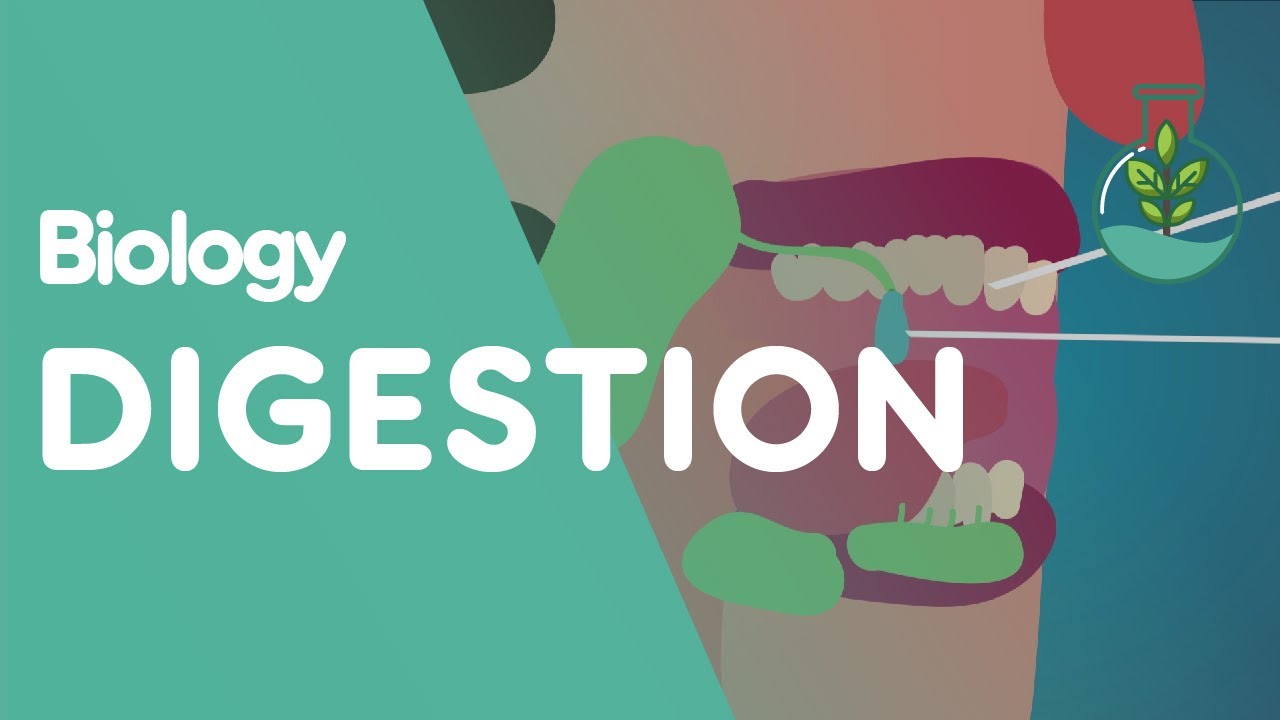
Nutrition Physiology Video – 2
- Post author:admin
- Post published:May 10, 2021
- Post category:Uncategorized
- Post comments:0 Comments
You Might Also Like

Trampoline Video – 2

Muscle Building Workout & Squats Video – 32
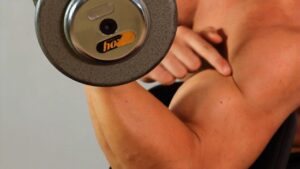
How to Do a Preacher Curl | Arm Workout

DYNAMIC STRETCHING / WARM UP ROUTINE FOR SPEED TRAINING / EXERCISE
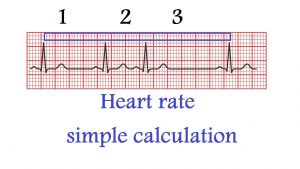
How do you calculate heart rate from ECG?

Abductor-1

What Is a Super Set? | Gym Workout
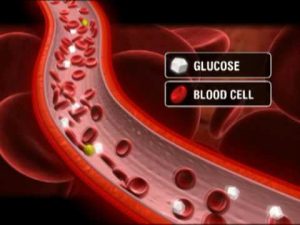
What is Type 1 Diabetes?

How often Should I Change My Workout Routine

BEST Aerobics WORKOUT At HOME || 15 MIN Workout for WEIGHT LOSS
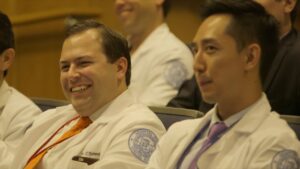
Orthopedic Surgery Video – 6
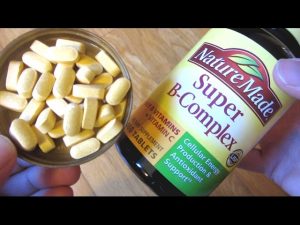
Nature Made Super B-Complex

Oncology Video – 2

“What Happens After You Stop Taking Creatine?”

Difference Between Cardio Endurance & Muscular Endurance : Around the Gym

What Is A Healthy Heart Rate – What Affects Heart Rate – What Is Maximum Heart Rate
HGH, Growth Hormones & Plant Hormones
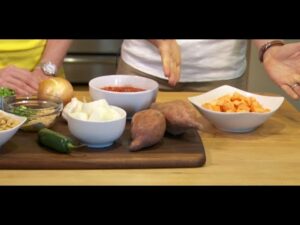
Bodybuilding Nutrition, Diet Recipes & Workout – 2
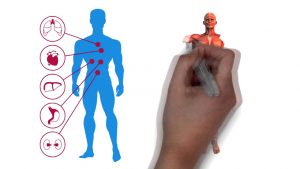
Why Jumping Rope Is The Best Exercise for Weight Loss And Burning Fat
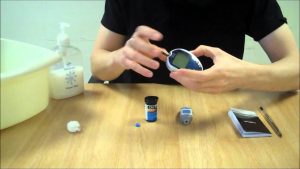
How to test your blood glucose (sugar) levels

Alternate HEEL TOUCHES For Women | How To

Cosmetic Nutrition Video – 2
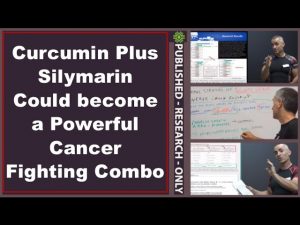
Curcumin Plus Silymarin Could become a Powerful Cancer Fighting Combo
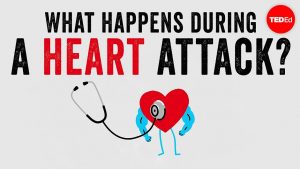
What happens during a heart attack? – Krishna Sudhir
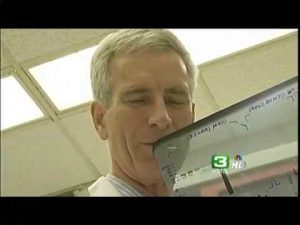
Diabetes Type 1 Cure? – A-Level (A2) Biology
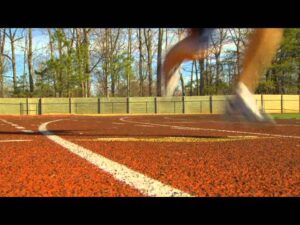
Pediatric Physiotherapy Video – 3

Dead Lift-7
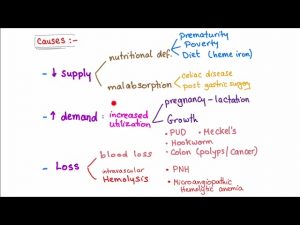
Iron Deficiency Anemia (Causes)

Here is Why Walking is Better Than Running
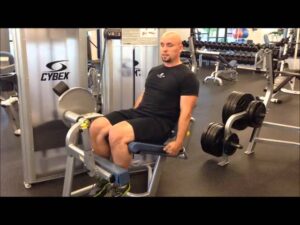
Leg Extension-7

Single Leg Toe Touch Exercise and Knee Touch Alternative
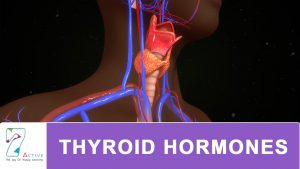
THYROID HORMONES
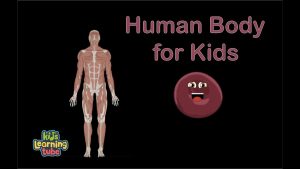
Human Body for Kids/Anatomy Song for kids/Human Body Systems

Glutamine and L-Glutamine Explained!…Plus, Why You Should Be Taking It

Weight Loss Capsules in Pakistan 03244079761
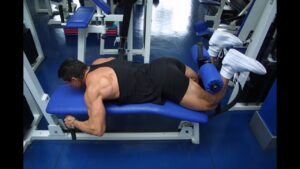
Leg Curl-5

Otorhinolaryngology Video – 3
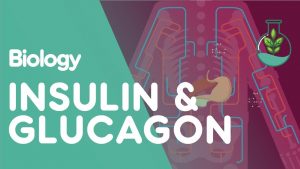
Insulin and Glucagon | Physiology | Biology | FuseSchool
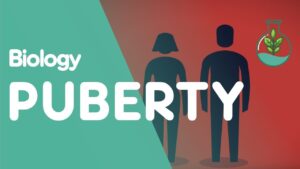
Puberty and The Hormones Involved | Physiology | Biology | FuseSchool
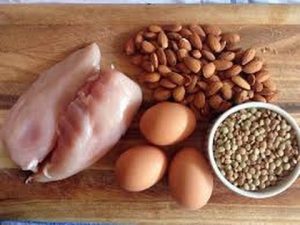
High Protein Foods List For Weight Loss
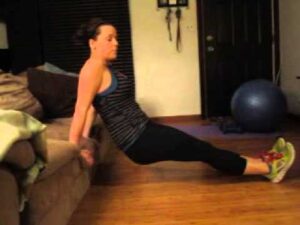
Couch Tricep Dips

